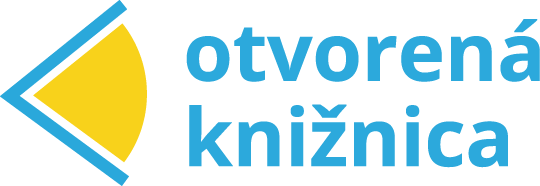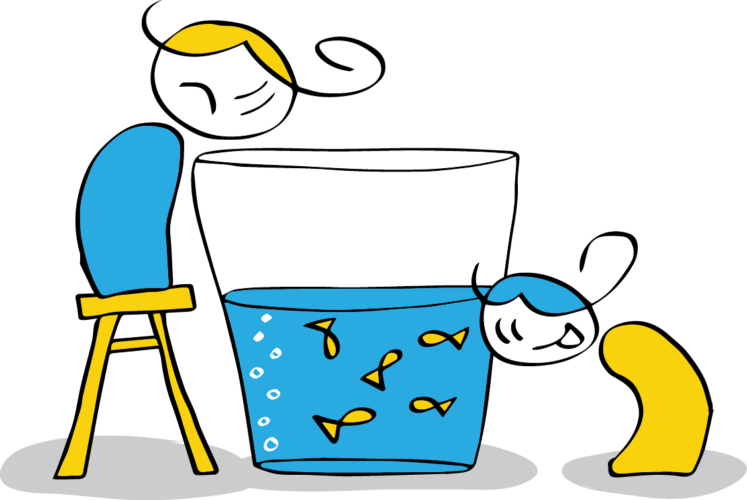Terms and definitions
COMMUNITY MAPPING means when community and its members are providing data about a specific topic, so it means the data is not collected by any authorities. Typical examples are city improvements actions, housing problems, local weather information, rain and cloud tracking or tracking rare or invasive animal, plant species.
Examples
- A website where people could report about bad roads, Bratislava and Slovakia.
- A website where people can report about any problems that concerns public spaces (road) Budapest and other towns in Hungary. After the incidence is reported the volunteers of Jarokelo start to proceed to solve the problem.
- European Butterfly Monitoring Scheme. As a joint initiative of Butterfly Conservation Europe and the Centre for Ecology & Hydrology, this website is a home for promoting butterfly monitoring schemes across Europe. The website is providing clear methods how to monitor the butterflies, people can register and contribute data.
MAPPING THE COMMUNITY means when one is willing to gather information about a community and aims to have a deeper understanding of a community. We can talk about two types of communities: interest or value based (LGBTQ+ communities, football clubs, senior clubs, homeless people association), or geographically identified community (all citizens of a district or town). The carry out a mapping requires a neutral approach from the observer to really be able to see what is the current state of a community.
It is very important to note that a mapping process is already an intervention that could influence the unique internal processes of a community. While doing the mapping we can build relations and trust. We need to be aware that with the questions and topics raised in the mapping process can already influence the reality and therefore it can be used or seen as a tool for facilitation initiatives or supporting change within the community.
What could we map?
The topics of the mapping can be diverse. We collected the following ones with the participants.
- Natural environment
- Demographic information
- Who are the members of the community
- People’s needs
- Relationships
- Existing groups/communities
- Networks, connections
- Leaders
- What they already tried to solve the specific problems
- Communication channels
- People’s values, goals, dreams, fears
- Real and perceived threats
- Resources
You can read many case studies on different mapping processes that aimed to initiate social change in the ‘This is not an Atlas’ book. A film about the book is available here (English version with Hungarian subtitle).
Methods of mapping
Desk research is a research that you do at your desk. Whether before you go out to the field, community or after you made some interviews and you would like to cross check what people told.
Observation is an act of noticing, perceiving, regarding attentively or watching for some purpose (to gain information). The point is that you keep yourself outside and don’t start to interact with the people, spaces, events you are observing. It sounds easy, but it can be challenging to stay in this neutral mode, not to react, not to interact. You can sharpen your observation skills while practicing meditation, where the main focus is to observe what we sense and see without judgement.
More information on that: here
Surveys/questionnaires are an easy format to spread in communities, especially nowadays with the available online tools that help us to create questionnaires and collect the answers as well. The practical tools are in our hands but still the mastery of creating the questions needs more explorations. How do we formulate the questions, what should come first and what after it?
You can read more on that topic here
Open talks can be a good tool for mapping as well. Sit down somewhere and start to talk to people. Even though ethically is more correct when we introduce ourselves and also introduce why we are interested in certain topics
Interviews are set of questions asked directly from the interviewee face-to-face or nowadays online. Interviews differ from questionnaires as they involve also social interaction. Researchers need training in how to do the interviews. Researchers can ask different types of questions which in turn generate different types of data. For example, closed questions provide people with a fixed set of responses, whereas open questions allow people to express what they think in their own words.
More information of the strength and limitations of interviews you can find here.
Photovoice is a process in which people – usually those with limited power due to poverty, language barriers, race, class, ethnicity, gender, culture, or other circumstances – use video and/or photo images to capture aspects of their environment and experiences and share them with others. The pictures can then be used to bring the realities of the photographers’ lives home to the public and policy makers or just to initiate discussion on the topic the pictures where taken of.
For a detailed description how you can carry out photovoice processes you can visit this website
Emotional or mental maps are a person’s point-of-view perception of their area, living enviornment or any other space. A mental map is a tool to get subjective interpretations of people about a certain territory.
You can read more here
Focus groups interview is a qualitative approach where a group of respondents are interviewed together, used to gain an in‐depth understanding of social issues. The method aims to obtain data from a selected group of individuals rather than from a statistically representative sample of a broader population. Focus groups allow to see the interaction between the members.
More information on that: here
Walking is a specific way of observing. We can just observe by walking but we can also make interviews while walking and see the interaction between the interviewees and the neighborhood. It can be also individual walks or even group walks.
You can find a scientific text about walking as a method for urban observation.
How to get out of our bubble?
We do research to find out new or unknown information and not for confirmation for what we believe. Ideally it is useful if we can reach those who opinion is unknown for us. Here are few methods that can support this process.
snowball sampling: where existing people recruit future people from among their acquaintances. The sample group grows like a rolling snowball. This sampling technique is often used in hidden, hard to access populations (drug users or sex workers). As sample members are not selected from a sampling frame, snowball samples are subject to numerous biases. For example, people who have many friends are more likely to be recruited into the sample.
door to door survey is method where the interviews are conducted in a concrete area while knocking on the doors of homes to find respondents. This method van be time consuming but when it comes to communities, and especially if we would like to get out of the online reality it is worth to take interviews, questionnaires really by every door and see what we can find.
Further readings on the method.
randomisation is a good method to hack our brain. A concrete example would be when eg. taking interviews with people on a public square. Naturally we would stand ont he square and look for those who ’look like’ asnwering our questions. Therefor we would really influence whom we would ask. Of course we could ask everybody, but for that we dont have a capacity. Than we can create rules, random rules: we ask only every 4th person, you can even use a dice and change it every hour what would be your random number.

